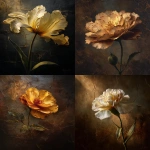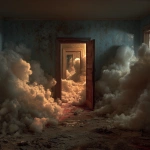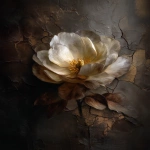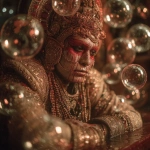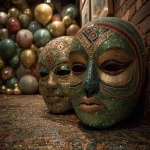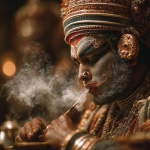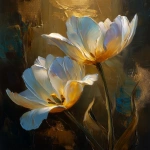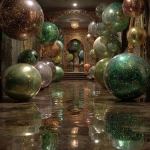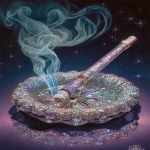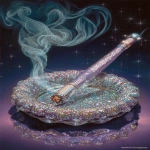Explore the Best AI Image Gallery
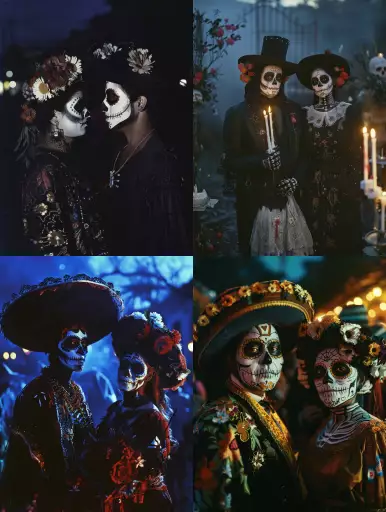
Where Imagination Meets Innovation: AI-Generated Images and the Art World
The art world is on the cusp of a revolution. No longer confined to traditional mediums and techniques, creativity is being redefined by the advent of artificial intelligence (AI). At the heart of this transformation lies AI-generated images – visually stunning creations born from algorithms and vast datasets. This new frontier in art promises exciting possibilities while simultaneously raising crucial ethical questions.
A Canvas Painted by Code: Exploring the Potential of AI Art
AI-generated images are revolutionizing various aspects of the creative industry:
- Democratization of Art Creation: AI tools empower individuals with limited artistic skills to express themselves visually, breaking down barriers to entry and fostering a more inclusive art landscape.
- Accelerated Creative Process: Artists can leverage AI to generate initial concepts, explore different styles, and refine their ideas, significantly streamlining the creative workflow.
- Novel Artistic Styles and Expressions: AI algorithms can unearth unique visual aesthetics and push the boundaries of artistic expression, leading to entirely new forms of art that transcend human imagination.
Beyond Aesthetics: Applications in Diverse Fields
The impact of AI-generated images extends far beyond the realm of fine art:
- Marketing and Advertising: AI can create personalized and eye-catching visuals for marketing campaigns, tailoring content to specific audiences and demographics.
- Gaming and Entertainment: Immersive game environments and realistic character designs can be generated using AI, enhancing the gaming experience for players.
- Education and Research: AI-generated images can aid in visualizing complex scientific concepts, historical events, or architectural designs, making learning more engaging and accessible.
Navigating the Ethical Landscape: Challenges and Considerations
While AI-generated images offer immense potential, they also raise important ethical concerns:
- Copyright and Ownership: Questions arise regarding the ownership of AI-generated artwork, as the creative process involves both human input and algorithmic output.
- Bias and Representation: AI algorithms are trained on existing datasets, which may perpetuate societal biases and stereotypes reflected in the generated images.
- Authenticity and Deception: The ability to create hyperrealistic images raises concerns about the potential for misuse, such as generating fake news or propaganda.
Shaping the Future of Art: Trends and Innovations
The field of AI-generated art is constantly evolving, with new trends emerging:
- Generative Adversarial Networks (GANs): These sophisticated algorithms enable the creation of increasingly realistic and diverse images.
- AI-Powered Art Platforms: Online platforms are facilitating collaboration between artists and AI, allowing for experimentation and creative exploration.
- Interactivity and User Control: Emerging technologies are empowering users to have more control over the AI art generation process, customizing outputs to their preferences.
Conclusion
AI-generated images are poised to reshape the art world, offering unprecedented opportunities for creativity, innovation, and expression. As we navigate this new landscape, it is crucial to address the ethical challenges responsibly while embracing the transformative potential of AI in art.
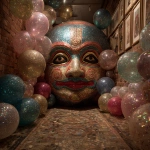
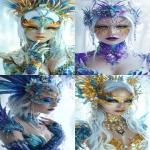
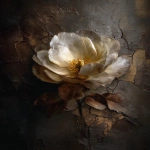
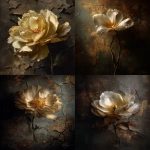
](https://images.ai-img.art/thumbnails/150/8d1fe5a7a49cfc96747182431a853357913286d89258383caab2d3b4681afcb5.webp)

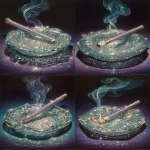
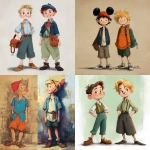
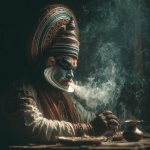
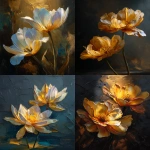

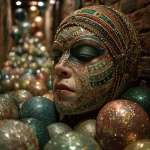
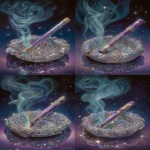
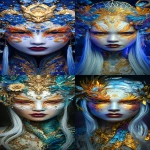
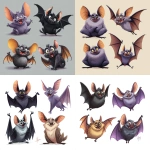

](https://images.ai-img.art/thumbnails/150/2fbd98ecfc425cfc1597779121e1c0305437067779e9c471eb64ff9615d5be98.webp)
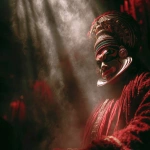
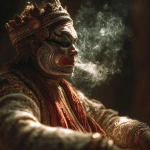
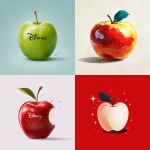
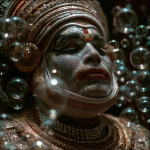
](https://images.ai-img.art/thumbnails/150/269414b0e541026702e9e67c67602c96162f37ff460a388b3b36314c8fc936dd.webp)
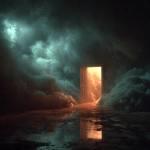
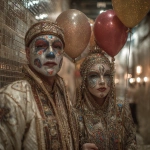
](https://images.ai-img.art/thumbnails/150/485c8b1c747827bdc9a962f8a1919b3c259b18dd263b260208a1eae19fb85e07.webp)
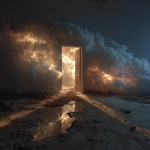
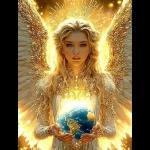
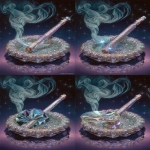
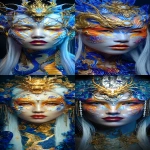

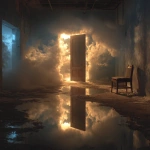
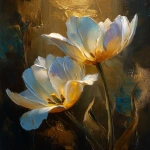
](https://images.ai-img.art/thumbnails/150/5197af8969d850e2a43e141d41e482ccbceedebceb2a4caf9f098f943f9d1b0f.webp)
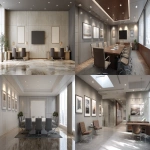
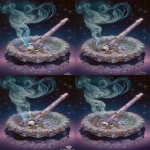
](https://images.ai-img.art/thumbnails/150/3020b8c2b6d9be07e042357107af1de10deb274a41d2b0f332684ad4b532a702.webp)
